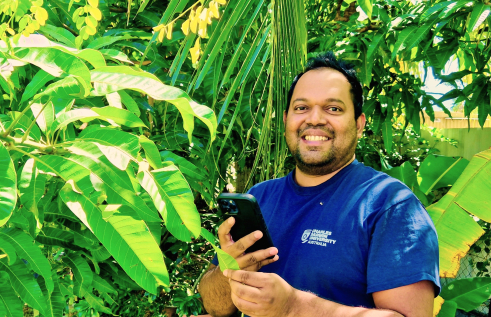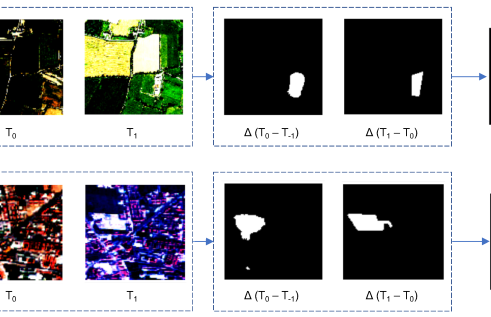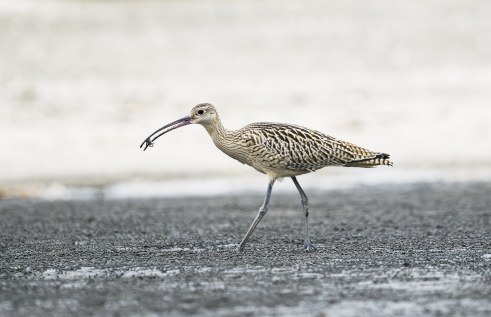News
Quoll-ity research aims to help northern quoll bounce back
A researcher at Charles Darwin University (CDU), Gavin Trewella, has been working to improve the conservation outlook for an iconic Australian native animal, the northern quoll.
Once a common mammal in Northern Australia and a relative of the Tasmanian Devil, quolls have been facing rapidly declining populations due to cane toad invasion, extensive fires, grazing, and predation by feral cats.
Northern quolls are now classified as critically endangered in the Northern Territory and facing many immediate threats.
Northern quolls, the smallest among all quolls, are currently dotted around Australia’s northern coastlines, including in the Northern Territory, Far North Queensland and northern Western Australia.
Research Institute for the Environment and Livelihoods (RIEL) PhD candidate Mr Trewella has been collecting field data about a northern quoll population in the Cape York Peninsula through many long, hot field trips to Far North Queensland supported by Rio Tinto.
Mr Trewella deploys camera traps and uses GPS transmitters to track these elusive, agile nocturnal mammals in the savannas of Weipa, Cape York.
Mr Trewella’s research has found the northern quoll population there is restricted to a small number of specific bauxite plateaus that act as natural fire breaks and create ideal vegetation and hollows that provide a haven for quolls.
Separate research from CDU in the Territory has found feral cattle, horses may degrade habitat, with such habitat degradation then further increasing risks of predation by feral cats pose.
“My work is focused on identifying how the northern quoll’s population is influenced by the quality of their habitat,” Mr Trewella said.
“I hope to apply lessons learned to other quoll populations in Australia by working on creating habitats ideal for quolls.”
As quolls are also carnivorous, their feeding on poisonous cane toads has been a main factor in the dwindling quoll population.
“In the Northern Territory and the Kimberley region, quolls face the immediate effect of the cane toad invasion. I want to work out what the quolls need to persist with the current situation of cane toads,” he said.
“The Northern Quoll population is at its lowest across Australia. Using the data and finding from my research, I hope to help the northern quolls bounce back and repopulate.”
CDU ecologist and Northern Territory mammal expert, Professor John Woinarski, said the northern quoll had suffered a “catastrophic decline” over the years.
“There are not many spots in the Northern Territory where quolls can still be seen. Twenty years ago, you would often see quolls while out camping, but such happy sights are no longer the case,” Professor Woinarski said.
“It’s really important to try to understand how the quoll population can persist with cane toads, and we also need more information on fire regimes to protect quolls.”
Related Articles

Rooting out plant diseases: Are computers ready to run our farms?
Nature is still too complex for artificial intelligence (AI) modelling to be effective, but the tipping point is close, according to a new study that found the technology may still trip at the last real-world hurdle.
Read more about Rooting out plant diseases: Are computers ready to run our farms?
Tech on the treetops: How AI can protect forests
The Artificial Intelligence model was developed to detect changes in forest cover.
Read more about Tech on the treetops: How AI can protect forests
Volunteers protected Darwin wildlife for 50+ years, but new research suggests it’s time to stop winging conservation efforts
Volunteers have shouldered the burden of shorebird conservation in the Top End for more than half a century, but new research from Charles Darwin University (CDU) suggests it’s time for the government to take responsibility for all of the Northern Territory’s residents – including those with wings.
Read more about Volunteers protected Darwin wildlife for 50+ years, but new research suggests it’s time to stop winging conservation efforts
